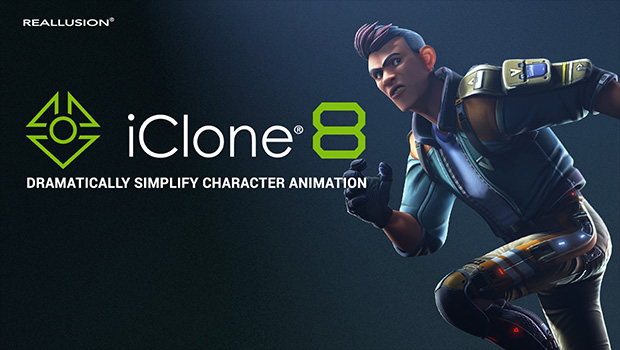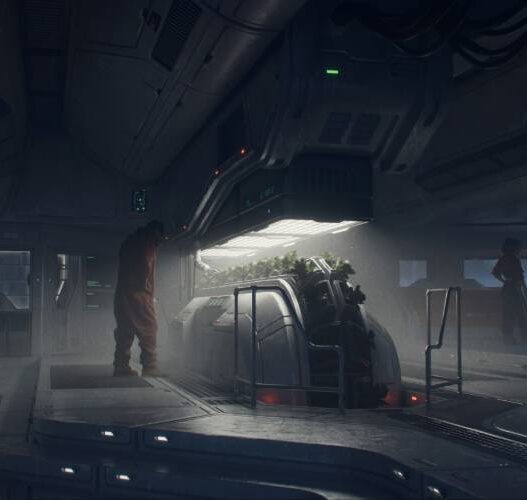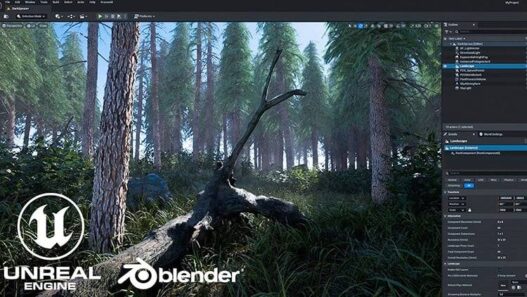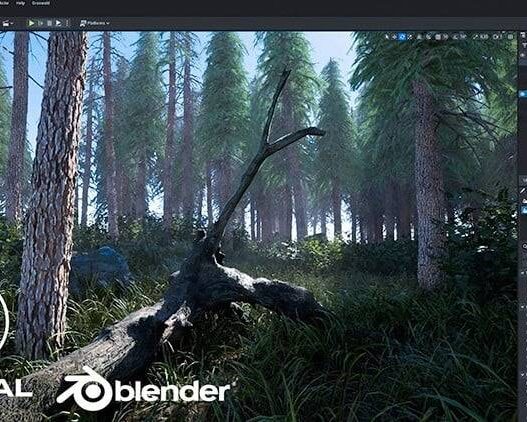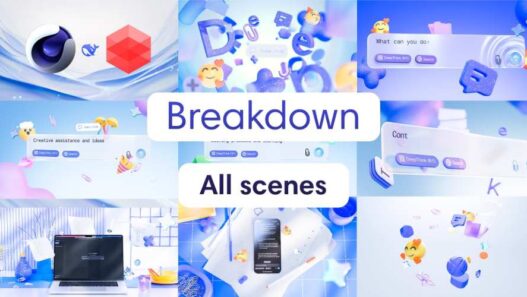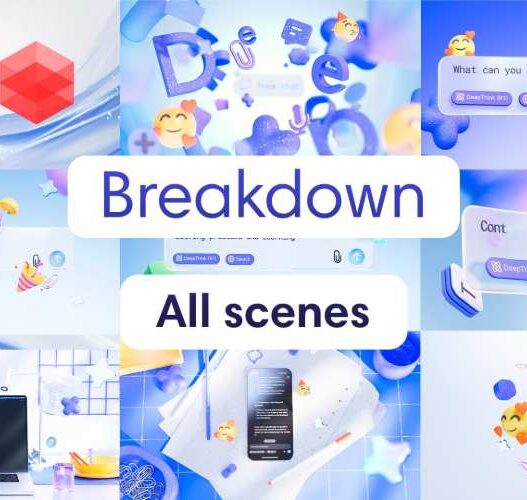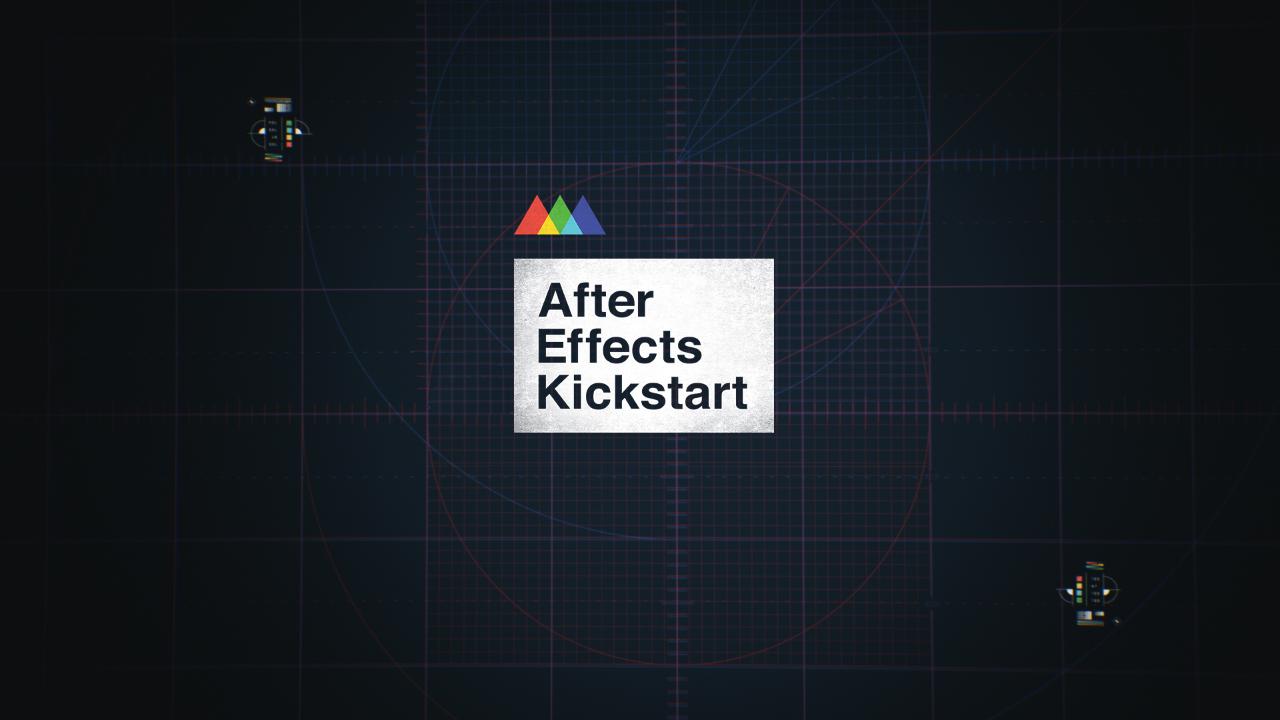AD
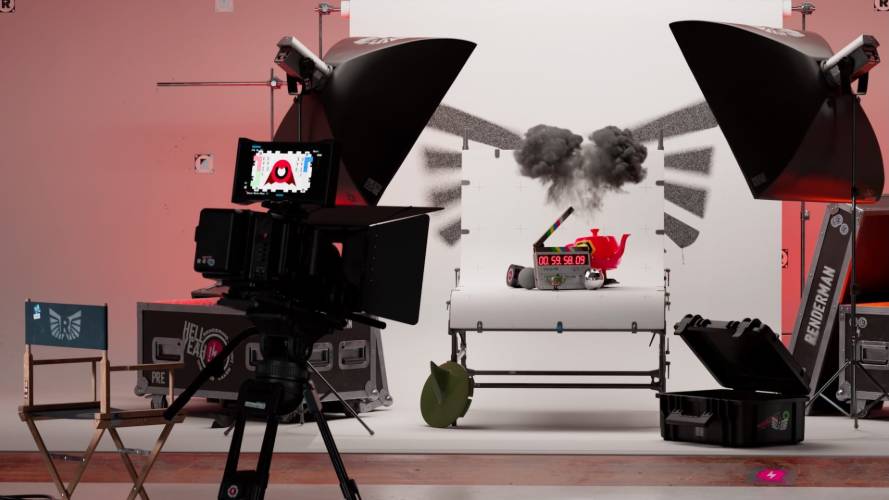
FXPHD – RND211 RenderMan for Houdini Solaris Free Download
FXPHD RND211 Review: Mastering RenderMan for Houdini Solaris
If you’re a 3D artist, lighting TD, or technical director seeking to harness the power of Pixar’s RenderMan inside Houdini’s Solaris/LOPs framework, the FXPHD RND211 course is a must-watch. This in-depth training bridges the gap between industry-standard rendering tools and Houdini’s powerful USD-based environment, Solaris.
What Is FXPHD RND211?
RND211 is a professional-grade course designed to teach you how to use RenderMan within Houdini’s Solaris context. The course is taught by Liam Whitehouse, a senior VFX artist with extensive experience in lighting and look development. This course assumes a working knowledge of Houdini and rendering fundamentals.
Course Highlights:
🎬 Instructor: Liam Whitehouse
🛠 Software Covered: RenderMan 26, Houdini 20.5
🕒 Duration: Approx. 6 hours
🎓 Platform: FXPHD (Course Page)
🧰 Skill Level: Intermediate to Advanced
📘 What You’ll Learn
1. USD and Solaris Fundamentals
The course begins by introducing Houdini’s Solaris, a node-based USD (Universal Scene Description) system for layout, lighting, and rendering. You’ll learn how to build a scene using USD layers, references, variants, and collections—crucial for modern pipeline work.
2. Installing and Setting Up RenderMan for Solaris
Liam walks you through the correct installation and configuration of RenderMan for Houdini, specifically setting it up to work as a Hydra render delegate within the Solaris viewer. You’ll learn how to ensure compatibility with Karma and other rendering options.
3. Shading with MaterialX and PxrSurface
Discover how to build physically accurate shaders using RenderMan’s PxrSurface and MaterialX nodes. These shaders integrate tightly into Solaris and are USD-friendly, making them easy to transfer between applications or studios.
4. Lighting in LOPs with RenderMan
Lighting in Solaris is both flexible and powerful. You’ll learn to use RenderMan’s lighting tools inside LOPs, including physical lights, HDRIs, and light filters. The course also covers how to isolate lighting using LPEs (Light Path Expressions) for precise control in compositing.
5. AOVs and Render Settings
The training includes detailed breakdowns of how to set up AOVs (Arbitrary Output Variables), configure sampling and denoising settings, and optimize render quality versus performance using RenderMan’s advanced features.
✅ Benefits of Learning RenderMan in Solaris
Production-Ready: USD workflows are becoming industry standard. This course prepares you for them.
Interoperability: RenderMan shaders and lights are portable across tools like Maya, Katana, and Houdini.
Real-World Application: Taught by an industry expert with insights into current production practices.
🎥 Course Format and Resources
FXPHD provides the course in downloadable HD videos. Along with the lessons, you may also get scene files and shader setups to follow along. The course is self-paced, letting you learn on your schedule.
📈 SEO Tip: Why Learn RenderMan for Solaris?
RenderMan’s integration with USD via Hydra makes it a powerful tool for the next generation of VFX pipelines. With studios adopting Solaris for its efficiency and flexibility, learning RND211 puts you at the forefront of modern production workflows.
FXPHD – RND211 RenderMan for Houdini Solaris Free Download
https://zeroupload.com/90ce38979af59f382d7dc960dca6b3b9
https://pixeldrain.com/u/Bxub7JrS
https://qiwi.gg/file/rK2T5351-FXPHDRND211RenderManHoudiniSolarisDownloadPirate
Those who sell pirated content are losers.
If you're paying for pirated content, you're the biggest loser.
Please read the FAQ if you need basic help.
Use VPN &
FDM if you have download problems.
AD

